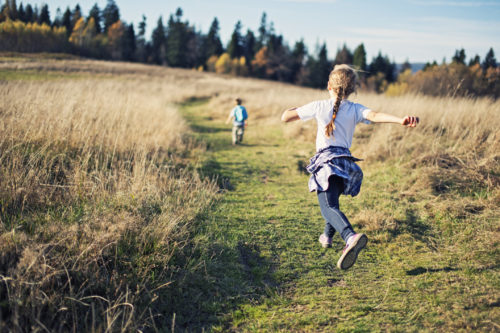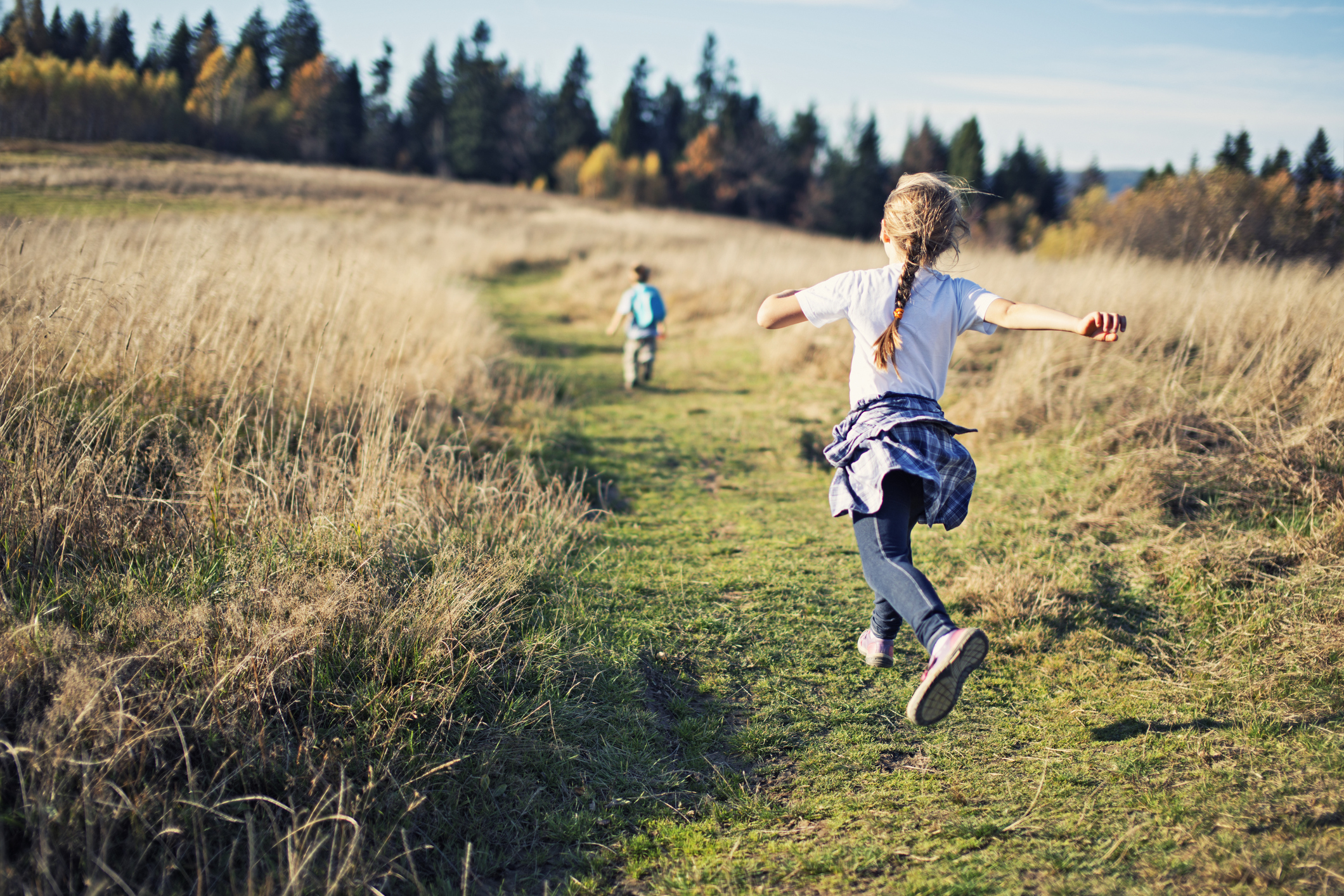PLAY Cowichan educates communities on physical literacy
 Kim Liddle and her colleagues knew they couldn’t do it alone.
Kim Liddle and her colleagues knew they couldn’t do it alone.
The South Cowichan Recreation Manager was attending a conference in Harrison Hot Springs seven years ago when she heard about the Physical Literacy for Communities initiative. Right away she knew it was something she wanted to be involved in, but it would require large scale buy-in from a variety of different local stakeholders.
“The three of us worked in recreation in the Cowichan Valley, and we all felt it was important to do this as a region-wide project as opposed to working as individual recreation centres. We felt, to be successful, we would need different organizations on board, not just recreation but also sport associations, school districts and the health sector as well as the Cowichan Tribes,” she said.
“We wanted to get everybody on board to promote physical literacy and being active for life.”
As the ball started rolling, local general manager for community services John Elzinga began a steering committee which attracted 16 people. That number has grown over the years to 25, but they’ve avoided having multiple people from the same organization to ensure diversity. From that steering committee a number of different initiatives have been born.
“Overall the whole physical literacy thing was pretty new to everyone around the table. We all had our own initiatives, but understood the importance of the movement and wanted to get behind it. The main focus to start was understanding what physical literacy meant and how we could pull together initiatives within the community to promote and educate the community of its importance. Recreation wanted to focus on 0-12, the school system wanted to do elementary, and the health system was working with seniors. We were trying to pull together everything people wanted to do and help them to educate the community,” she said.
The next step was educating the community, which wasn’t familiar with physical literacy. To reach them, PLAY Cowichan ran a few marketing campaigns and offered free workshops for parents and educators. Other initiatives they implemented were short videos on TV screens in health waiting rooms and lobby spaces at recreation facilities, and stenciled walkways to get kids jumping and moving as they walk around our community.
“Our marketing materials have been a large part of the process in helping residents identify physical literacy programs in the community. The recreation guide now has a little PL logo beside each program that incorporates some aspects of physical literacy and this helps parents when selecting programs for their children and the importance of movements to the development of healthy kids,” she said.
They’ve also offered Sport for Life’s Physical Literacy 101 workshop to community staff and volunteers, while incorporating fundamental movement skills into all the existing programs and promoting multisport options within the school system.
“We definitely want to get the street team together for next summer, so we can get out in the community more. We’ve also been boosting our social media presence with Instagram and Facebook, promoting what we can during COVID-19— such as creating an obstacle course for kids where they post their result online— and giving out gift cards,” she said.
“We’re trying to engage in a safe way so kids can do things at home with other kids.”
And though the pandemic has thrown a wrench in their plans, she’s pleased with what they’ve accomplished and their upcoming plans.
“For us, coming together as a community and pulling all the different sectors togethers, that’s been a huge benefit. Getting everybody on board about being active for life isn’t important for just one sector, but all of them.”

